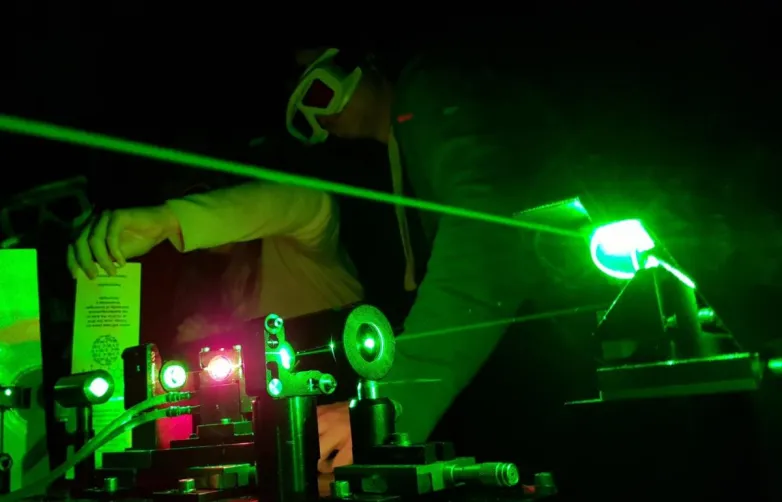A whole new perovskite material to harvest hot electrons
- A Dutch-Singaporean scientific team has invented a brand-new semiconductor material based on bulk perovskite. This novel material allows collecting hot carriers’ excessive energy. Theoretically, reaping hot carriers can double hybrid-perovskite photovoltaic cells efficiency.

Hot carriers are characterized by high level of kinetic energy. In semiconductors this property can cause such an unwanted effect as getting stuck in the device sections where they are not meant to be. As a result, these areas can get charged, which leads to the unit degradation or instability.
The reaping of hot carriers can increase the device’s voltage and, consequently, its efficiency. But hot carriers are made from photons, whose energy exceeds the semiconductor’s ‘band gap’ and gets expended through heat very quickly.
Scientists from universities of Singapore and Netherlands have created an innovative material supposed to make use of the excessive energy hot carriers generate, which is expected to raise the semiconductor voltage.
The success is explained by application of perovskites with acceptor materials for hot carriers. The developers have united an organic-inorganic perovskite-based semiconductor with bathophenanthroline. This organic material’s bandgap is large enough to capture hot carrier’s energy.
In the course of experiment, hot carriers were produced in a perovskite with energy a bit exceeding bphen’s bandgap, the electrons in which were not excited. The benefit of the perovskite compared to generally used nanoparticles is that the material applied can reap energy of hot carriers without slowing them down.
In 2018, there was an experiment held at the Netherlands-based university, which demonstrated that the maximal organic-inorganic perovskite PV cell efficiency could be boosted from 33 up to 66 per cent by means of reaping hot carriers’ energy.
Also read


